This is my second post that is detailing my magnificent trip to Bordeaux thanks to Millesima and all the people who voted for me! While my first post was about the city of Bordeaux itself, this post is about why were there… En Primeur Week.
The purpose of En Primeur is to taste the current vintage. During this week, the 2017 vintage was tasted and rated in order to provide prices for release. As you know, Mike and I are true believers in that no one should tell you what you should drink, so I purposely do not provide recommendations. Instead of recommendations, this post will provide information about the vintage and the weather’s effect upon the individual appellations.
What is En Primeur?
When you get down to the basics, En Primeur is where you are can buy wines while they are still in barrel. The wines you are tasting during the week have been specially bottled for the event. With En Primeur, you are purchasing wines that will be shipped two or three years after bottling. These wines are sold exclusive of Duty and VAT (value added tax) but inclusive of insurance and transport.
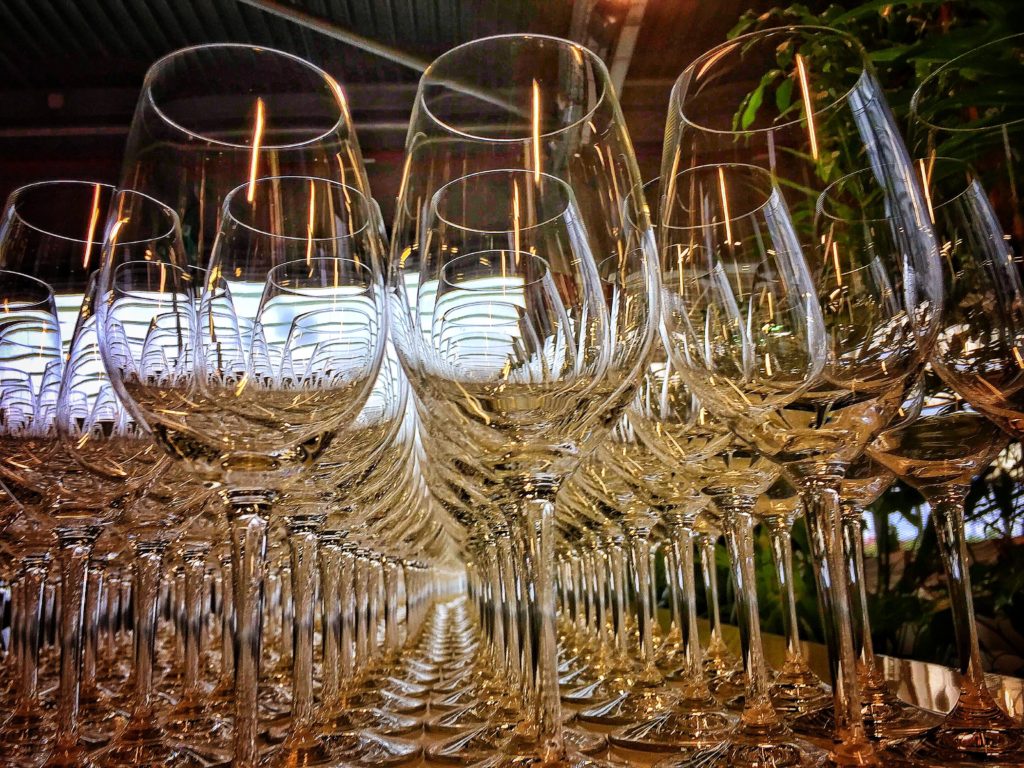
Why Buy En Primeur?
Why would anyone buy wine three years ahead of when they would receive it? Well, that was my question also. I didn’t get it. We are drink now people. We may lay a bottle down for a few years after purchasing, but if a bottle is in our cellar for more than 10 years, it is there for one of two reasons. It is a Cayuse, and we just can’t drink them fast enough (1st world problems, I know!) We receive a case a year and we just don’t open them frequently enough. The second reason is, quite honestly, we have forgotten about it, in which case, more often than not, we have missed its peak.
Both producers and consumers get benefits from purchasing En Primeur. Obviously, for the producers, pre-selling the wine is ideal. It allows them to obtain cash flow for future vintages early in the production scheme. Typically, any given red vintage requires a minimum of three years prior to seeing any return on investment. Let’s look at our 2015 vintage for our Cabernet Franc. We contracted for the fruit in 2014.. money out-of-pocket. We harvested in 2015.. more money out. The wine goes through processing which, of course, costs more money. Once in barrel, maintaining the wine costs money. We have to top off, add sulfur, do analytics, rack, etc. Each of these add dollar signs to the wine that we are not recuperating yet. Upon bottling, there are more charges. It isn’t until October 2017 that we release the wine and money starts to come in. But keep in mind, by that time, we are already dishing out money for the 2016, 2017 and 2018 vintages that are at different stages of the wine making process. Having access to funds earlier makes it a lot easier to invest in future vintages.
For the consumer, it also comes down to the money. Purchasing wine prior to official release saves them a lot of money. The willingness to purchase early equals more money in their wallet. In Bordeaux, it is all about the vintage. The better the vintage, the more money it will fetch. Weather can make or break a vintage and as you will see in this post, 2017 was a roller coaster.
Left Bank Appellations
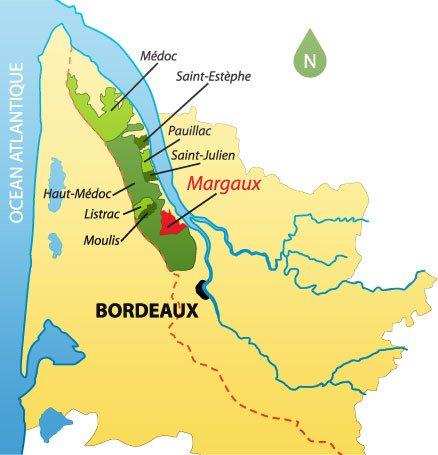
Margaux
Margaux saw serious ends of the spectrum for the 2017 vintage. Early on, they had an extremely dry, mild winter. Unfortunately, there was a 3-day frost that was just as bad as the infamous 1991 vintage., but luckily did not the widespread consequences. Production saw a 25% reduction from average. Even within the appellation, there was variation. The east region was not as affected as the west and experienced a good harvest in both quality and quantity. However, the west was severely affected, with some losing their entire harvest.
Pauillac
The word of the 2017 vintage is “Frost.” Thanks to the warming effect of the Gironde estuary and the gravel slopes, the “F” word didn’t find its way to Pauillac. Late Spring was greeted with just enough rain while mid June saw temperatures reaching near 100oF. The summer, although warmer than normal, saw dry, cool days with a relative lack of sunshine which allowed the growing cycle to slow down. The grapes were small, with thick skins and good skin to juice ratio.
Saint Julien
Another appellation that was not majorly impacted by the infamous frost. Once again, the Gironde provided a warming effect and protected the vines. However, the summer in Saint Julien was a different story. June was on the warm side and provided the appellation with the much-needed rain. Unlike Pauillac, the temperature were much warmer and instead of slowing down the ripening process, things sped up. July and August were encased in more gray skies, with little rain. This in turn slowed the vines down. These fluctuations gave the fruit ripe, soft tannins but with a higher than typical level of acidity and exceptional aromatics.
St-Estèphe
The Gironde effect showed itself in the St-Estèphe appellation. The wines from this appellation are more of a rollercoaster. There is more of a hit and miss in quality depending on the chateaux location corresponding to the Gironde. Those located near the Gironde did not see the impact of the frost, while those further away did. Taking a positive away from this region, this means that some of the smaller less known smaller, lesser known vineyards (read less expensive) produced high scoring wines.
Pessac Léognan
FROST! Sure made its impact in the Pessac Léognan appellation. In fact, many chateaux did not produce wine at all. The region dealt with the horrible frost and then saw hail in August! In Late April the appellation saw two nights below 40oF which caused complete destruction of many vineyards. Just when they thought they were over the vintage hurdle, June came with an aggressive heat wave that skyrocketed over 100oF. Although overall, the vintage was dry, it had three strikes against it; lack of sunshine, frost and then late season rains. 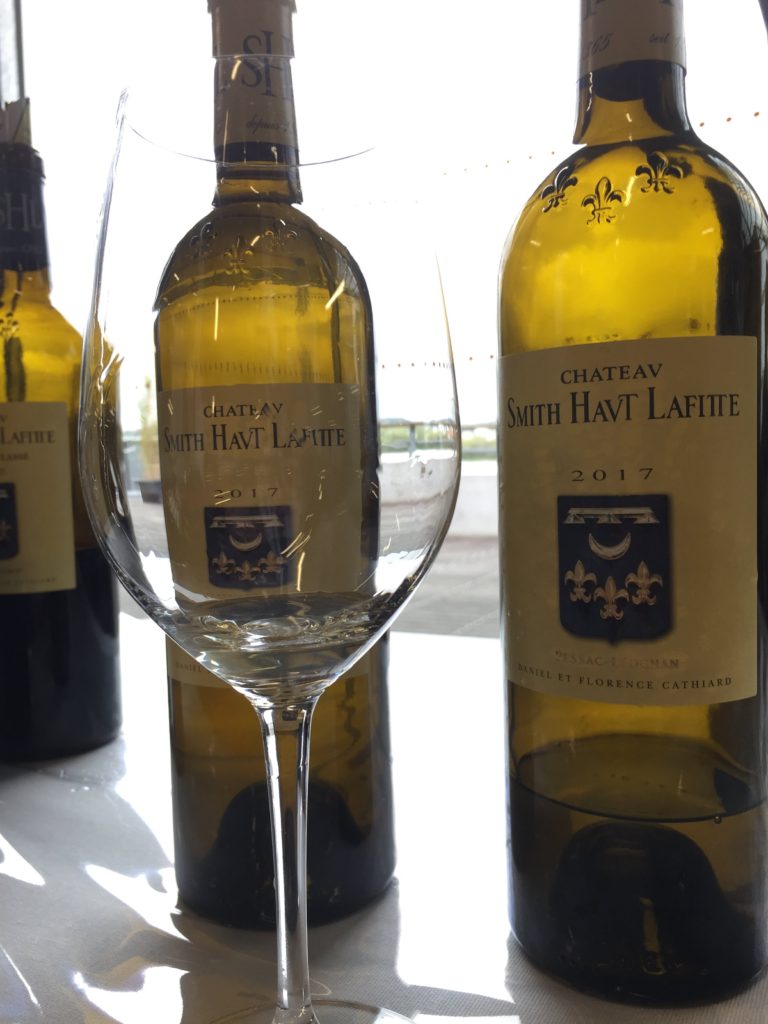
Haut Médoc
Since the Haut Médoc is located more inland than other appellations it was hit hard by the frost. Two extremely cold night in late April, led to frost that impacted the harvest amounts. The Haut Médoc is another region that can not be lumped singularly together. Instead, the frost’s damage was different from vineyard to vineyard. In addition to the frost issue, the vineyards fought through June’s heat and significant rainfall prior to harvest.
Graves
The Bordeaux appellation where both red and white wines are made saw a similar vintage as its northern neighbor Pessac Léognan with some vineyards being unaffected, while others being hit severely.
Sauternes
The Sauternes appellation’s experience was largely determined by the altitude. The vineyards located higher up on the hillsides were, for the most part, spared while those lower saw devastation. Spring brought early budding which was jeopardized by the frost. There was also heavy rainfall in May and June.
Right Bank Appellations

Pomerol
Frost hit Pomerol in late April and left a memorable mark. Those vineyards on the top of the plateau saw less damage than those lower. Many estates were unable to produce any wine for the 2017 vintage. Those that survived the frost, dealt with a see-saw June. The stressful month sent heat spells and significant rainfall, but the summer was basically dry and cool. September brought more rainfall. With all the weather ups and downs, Pomerol saw the smallest vintage in years.
Saint Émilion
You can say that Saint Émilion is a tale of two regions. The two regions, closest to Pomerol, produced wines that are equivalent to the 2016 vintage. Then there’s the other portion of Saint Émilion whose soil is limestone and clay. These vineyards saw the effects of the notorious frost. But then, there are those vineyards that lost up to 90% of their harvest. (Corbin sector.) The frost that hit right after bud-break was selective on which vineyards it completely destroyed, but the heavy rain and incredible heat added more stress to the vines producing small berries with thick skins.
Bordeaux Overall
Generalization of the vintage as stated in an interview by European Editor Roger Voss:
1- Some estates lost 90% of their harvest.
2- Twelve of the top estates produced no wine at all
3- In general, all of Bordeaux is about 50% down from the average harvest
4- What wine is made, is very good
5- White wines are exceptional
6- A vintage that you should drink before the 2016 or 2015s.
~Sláinte!
Join me for my next Bordeaux post which will also have a podcast episode, when I tell the story of what it is like to taste a wine from 1949!
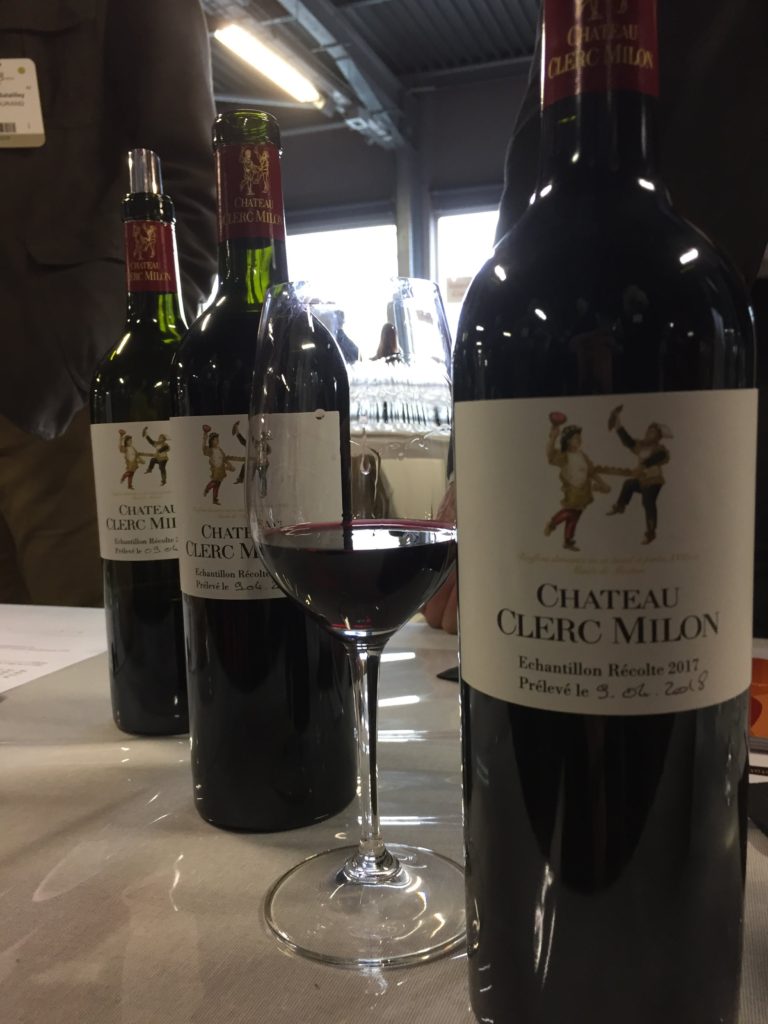
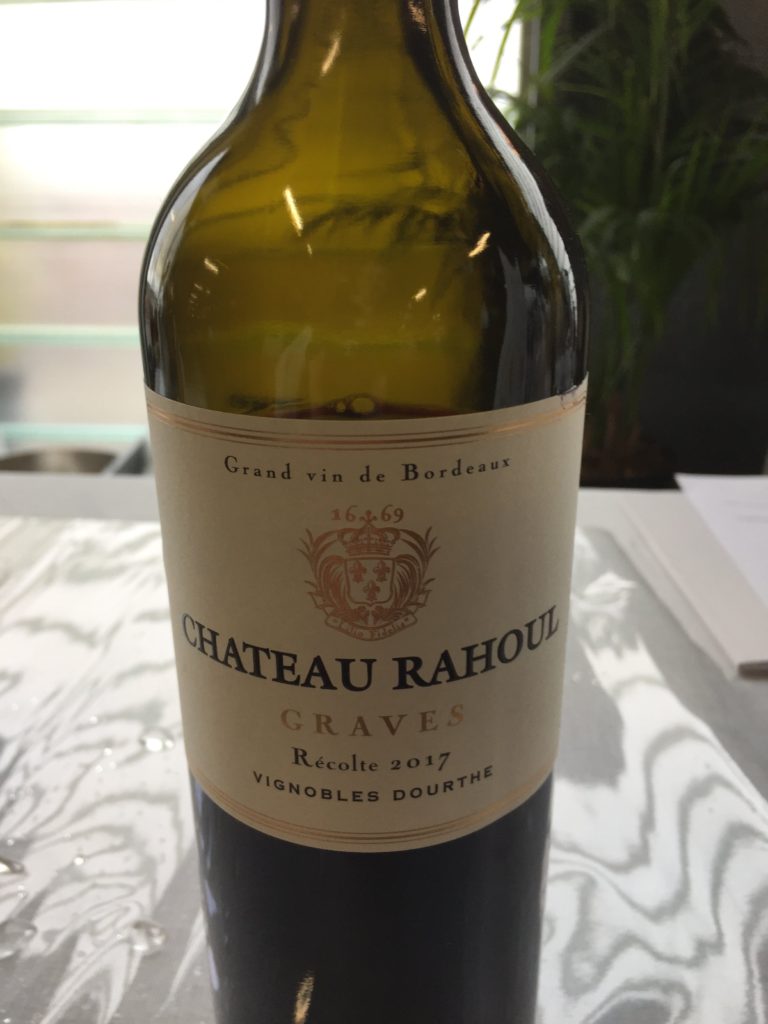
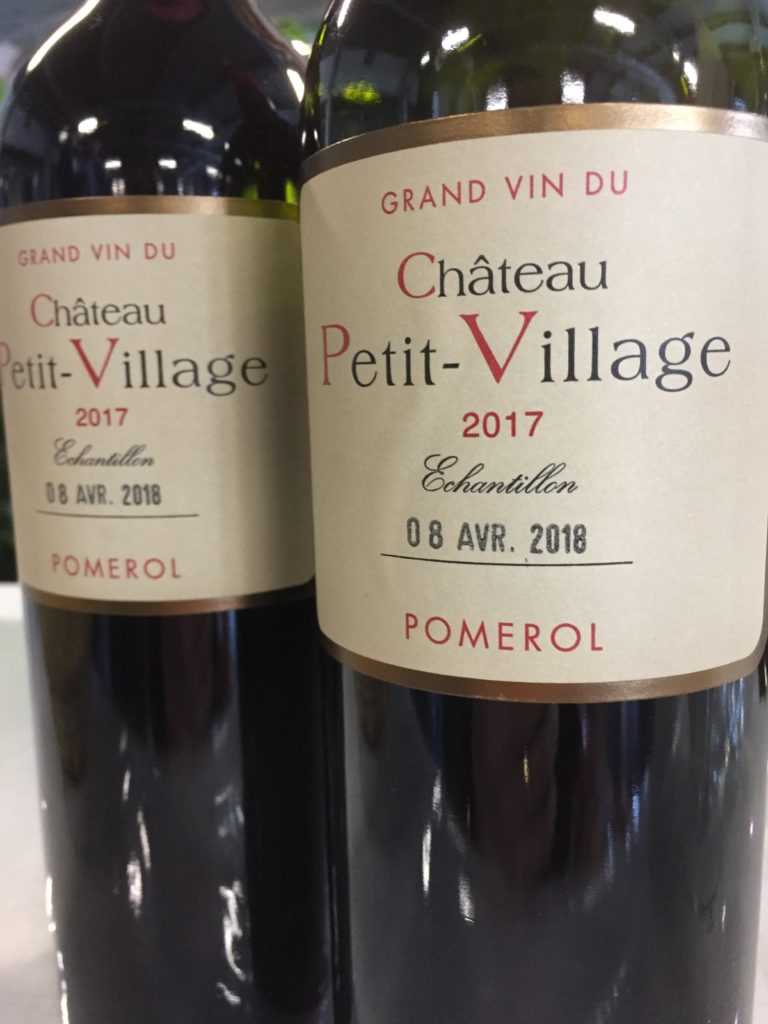
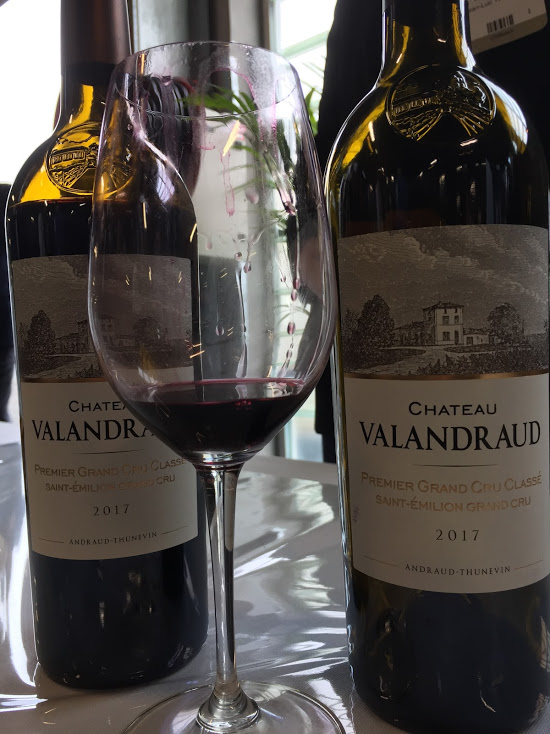

Great post Lori! You have a great way of simply explaining a complex subject. I still have much to learn about this region!
Thanks Misty! What a wonderful compliment. I’m glad I can help make it easier to understand.